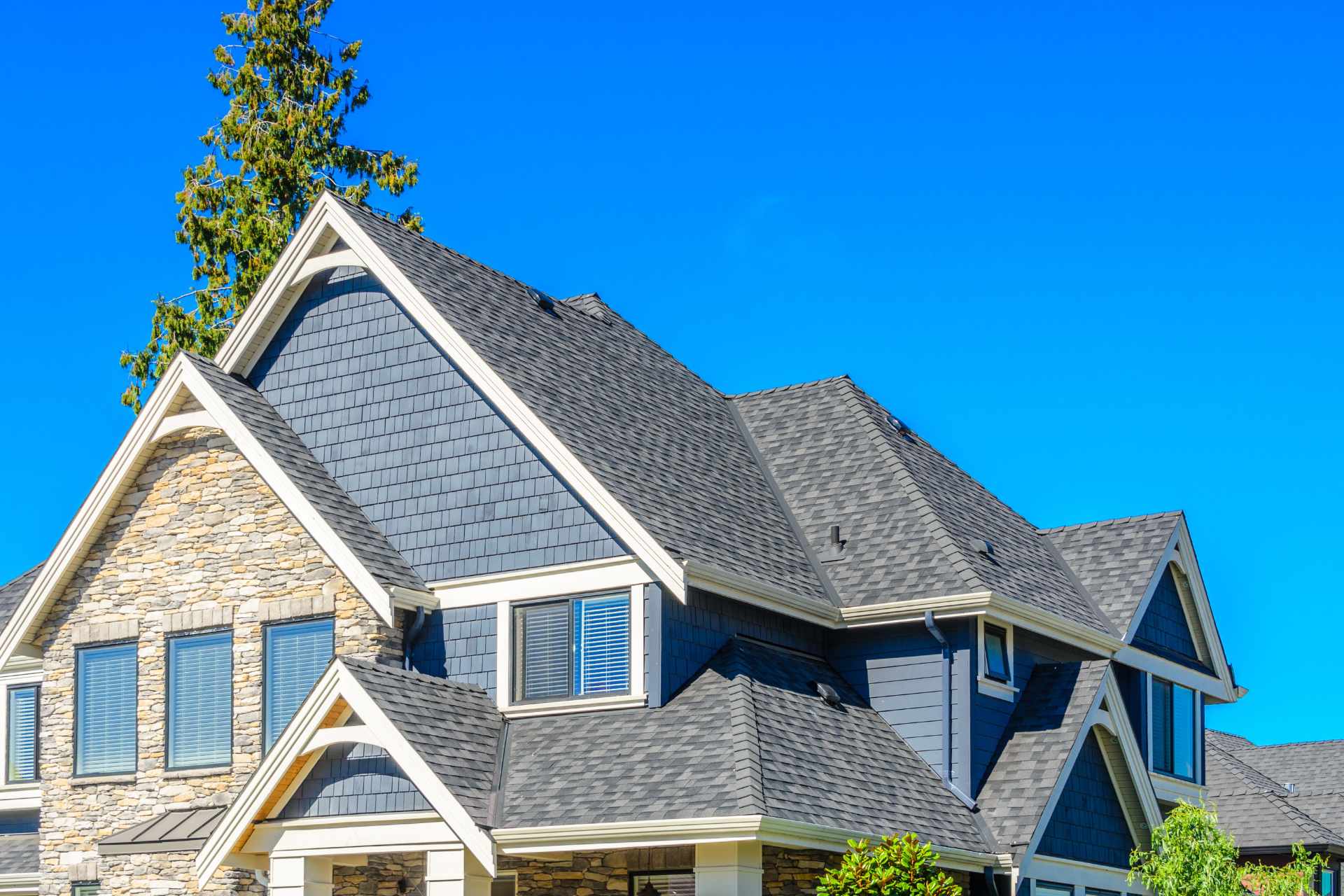Making the most of every square foot in our houses is critical in today’s society, as urban spaces are becoming increasingly constrained. Windows and doors contribute significantly to the functioning and aesthetics of any living area. However, when little square footage is available, meticulous planning is essential to optimise their arrangement. The following material will go over five practical methods for making the most of limited square footage for windows and doors, resulting in an efficient and well-designed living space.
1. Embrace Natural Light
Natural light has a transforming force, capable of bringing life to any space. By allowing the sun’s rays to brighten the area through correct window and door placement, you create an appealing and dynamic environment. Natural light, as opposed to artificial lighting, has a distinct character that emphasises colours, textures, and architectural features, boosting the overall aesthetics of the place. Whether it’s a cosy living room or a small kitchen, allowing plenty of natural light into the area may make it feel more open, breezy, and lively. In regions with limited square footage, adding natural light may be a game changer. Window and door placement may give the appearance of space, visually enlarging the area beyond its real limitations. By allowing natural light into the area, you effectively blur the lines between the internal and external, making the room feel more linked to the outside world. The use of natural light not only provides depth but also relieves any sensation of confinement, making even the tiniest of spaces feel more open and pleasant. Natural light has a significant influence on our general health. Natural light has been demonstrated in studies to boost mood, increase productivity, and generate a sense of well-being. You may cultivate these beneficial benefits by optimising window and door location to welcome natural light. Sunlight is a natural mood enhancer, contributing to a happy and energising environment. It also aids in the regulation of our circadian rhythm, which ensures a healthy sleep-wake cycle. Allowing plenty of natural light into your living area may improve your spirits and create a more pleasant living environment. Another big advantage of adopting natural light is the ability to cut energy use. You may reduce the need for artificial lighting during the day by carefully arranging windows and doors to catch daylight. As a result, energy expenses and environmental effects are minimised. Natural light is a renewable and sustainable resource that, when used properly, may contribute to a more energy-efficient home. By matching window and door placement with the direction of the sun and taking into account elements such as solar orientation, you may maximise energy efficiency and have a good influence on the environment. Windows and doors function as entrances to the world outside our boundaries. By embracing natural light, you strengthen your connection with nature, promoting a sense of peace and calm. Well-placed windows provide glimpses of nature, framing intriguing vistas and enabling you to take in the surrounding beauty. The interaction between natural light and the outside world offers a dynamic and ever-changing visual experience, adding a touch of natural splendour to your living area.
2. Utilise Glass Doors
Glass doors create a seamless link between the indoor and outside regions, making them a great alternative for homeowners who want to maximise their living space. By installing sliding or folding glass doors, one may open up the living room to the outside, creating an expansive and connected environment. This not only improves the room’s usefulness but also gives an opportunity to combine nature’s beauty with interior conveniences. Using glass doors on a patio, garden, or balcony provides for an unbroken visual flow and the illusion of more square footage. Glass doors strategically placed maximise the admission of natural light into a space, which is very crucial when dealing with restricted square footage. Glass doors provide an open and bright environment by enabling sunshine to enter the interior, making the area feel more welcome and large. The abundance of natural light can minimise the demand for artificial lighting during the day, resulting in energy savings. Furthermore, exterior lighting may accentuate the room’s characteristics and improve the overall aesthetics, resulting in a pleasant and inviting ambience. Glass doors have the distinct ability to visibly extend available space within a room. They function as transparent barriers when closed, allowing uninterrupted views beyond the local bounds of the inside. This visual enlargement produces the sense of a bigger area, making the little amount of space look more spacious and open. The continuous flow of natural light via glass doors adds to this impact, since the brightness and feeling of depth give a sense of spaciousness. Using glass doors to break down physical boundaries and create a harmonic connection between different elements of the living space is an excellent approach to do so. Glass doors come in a variety of designs that may suit a variety of architectural types and interior themes. The adaptability of glass enables for customisation to fit individual preferences, from frameless glass doors to ones with narrow and elegant frames. Because of this architectural versatility, glass doors may be smoothly integrated into any décor, contributing to the overall attractiveness of the area. Glass doors are aesthetically appealing and ageless, whether you want a contemporary, minimalist appearance or a more conventional style.
3. Transom Windows
Transom windows, which are located above doorways or bigger windows, allow natural light to permeate deeper into a space. They brighten the room by allowing light to flow freely, eliminating the need for artificial lighting during the day. As a consequence, installing transom windows guarantees a well-lit interior environment, improving the overall ambience, and generating an attractive feel even in small spaces. Making a place look larger when you have little square footage can be difficult. Transom windows are an effective option because they introduce a visual trick that increases verticality. Transom windows above doorways attract the eye upward, producing the illusion of taller ceilings and more space. This design method makes intelligent use of the existing square footage, making the area feel more open, breezy, and less confined. When space is limited, every inch counts. Transom windows maximise wall space without sacrificing natural light input. You can maximise useable wall space by placing these tiny windows over doorways. This clever positioning allows you to include more windows while preserving precious wall space that may otherwise be used for furniture arrangement or storage. Transom windows, as a result, contribute to a more functional and variable space arrangement. Privacy is an important factor in any living place, especially in metropolitan situations with nearby buildings. Transom windows provide seclusion while yet allowing for natural light. They enable sunshine to enter while preventing direct views from outside by putting the windows higher on the wall. This allows you to enjoy the benefits of natural light without sacrificing your privacy, making transom windows an excellent choice for bedrooms, bathrooms, or any other place that requires both light and discretion.
4. Opt for Pocket Doors
One of the most significant benefits of pocket doors is its ability to conserve important space. Pocket doors, as opposed to typical hinged doors, slide into a wall hollow when opened, effectively vanishing from view. Pocket doors save up space for furniture arrangement, traffic movement, and overall room design by reducing the requirement for swinging space. Pocket doors are a practical option for optimising available space in small living situations when every square foot counts. Maintaining smooth and unhindered traffic movement becomes critical in spaces with limited square footage, such as tiny rooms or narrow halls. Traditional doors can obstruct mobility and cause problems, especially in small spaces. Pocket doors, on the other hand, slip smoothly into the wall, allowing unrestricted mobility between rooms or along corridors. This increased traffic flow not only improves the space’s performance, but it also adds to a more comfortable and efficient living environment. Pocket doors are a versatile and adaptable design solution that may accommodate a wide range of aesthetic preferences and interior designs. These doors may be tailored to complement the overall décor and mix smoothly with the surrounding architectural aspects. Whether you like a sleek and modern style or a more traditional and rustic feel, pocket doors may be made from a variety of materials, including wood, glass, or even mirrored surfaces, providing limitless customising options. Their ability to blend in with the walls produces a clean, uncluttered appearance that adds a touch of class to any living room.
5. Explore Clerestory Windows
One of the key benefits of clerestory windows is their capacity to bring in a lot of natural light. They collect light from an unusual angle by putting the windows high on the walls, allowing it to permeate the area. This unusual arrangement maximises sunlight ingress while maintaining seclusion, as the high elevation ensures that views from outside stay hidden. Natural light provides a bright and open ambiance, improving aesthetic appeal and making the area feel more large. One of the key benefits of clerestory windows is their capacity to bring in a lot of natural light. They collect light from an unusual angle by putting the windows high on the walls, allowing it to permeate the area. This unusual arrangement maximises sunlight ingress while maintaining seclusion, as the high elevation ensures that views from outside stay hidden. Natural light provides a bright and open ambiance, improving aesthetic appeal and making the area feel more large. Creating a sense of verticality in areas with limited square footage might assist to alleviate the restricted sensation. Clerestory windows are ideal for creating this look. They give the illusion of height by directing the eyes upward, making the ceiling look taller and the room appear larger. Verticality provides architectural character and may make a big impact, especially in smaller areas. A confined space may be transformed into an airy and aesthetically appealing atmosphere by installing clerestory windows. Maintaining a pleasant home environment requires proper ventilation. By enabling the stack effect, clerestory windows excel at improving air circulation. As heated air rises, clerestory windows allow the hot air to exit, allowing cooler air from lower levels to enter. This natural ventilation mechanism regulates the temperature and airflow throughout the room, resulting in a more comfortable and pleasant living environment. By carefully adding clerestory windows, you may optimise air circulation while retaining seclusion and making the best use of limited square area.
A small living area does not have to imply sacrificing the beauty, usefulness, or comfort of your living space. By following these five guidelines, you may optimise the location of windows and doors, maximising natural light, improving visual appeal, and creating the appearance of space. To make the most of every square foot, embrace natural light, use glass doors, examine transom windows, use pocket doors, and investigate clerestory windows. Remember, even the tiniest area can seem spacious, inviting, and harmonious with intelligent design choices.

